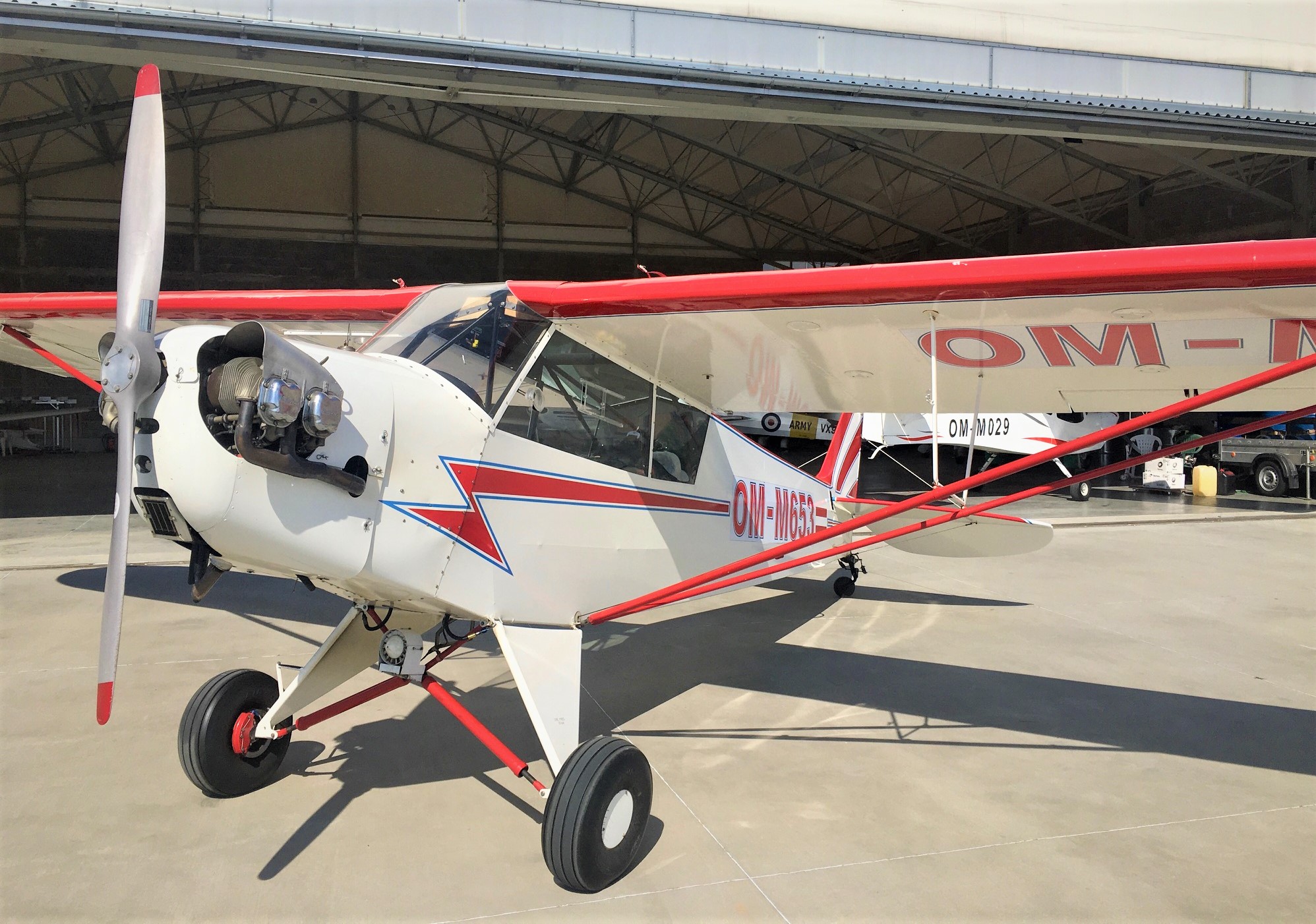Let’s start with my favorite subject – airplanes. My intention was to talk about product’s development and their design but airplanes are more fun, and they are also products. In this case type of weapon… at least at certain stage of their lives. Three products serving the same functions, three different approaches taken by designers and stories with different endings.
At the beginning I need to describe three types of aircrafts. If it may be a bit boring to people concentrated on soft skills – sorry! – some technicalities are necessary!

There is a one type of a flying machine I always wanted to fly. The German masterpiece of engineering Fieseler Fi 156 Storch. Aircraft of the legendary short field performance. The plane was designed for this purpose and performed it perfectly. It has almost perfect handling and is elegant in shape. The Storch got constructed as a liaison and reconnaissance machine, flew first time in 1936 and remained in production until 1965 in France as MS.506. It had one of the most sophisticated wing mechanics design of the time. This plane gained her reputation during dramatic time of WWII exactly as it was intended.

By Ad Meskens, zie ook:vliegtuigen – Own work, CC BY-SA 3.0, https://commons.wikimedia.org/w/index.php?curid=5719686
As most of military equipment my lovely Storch had her There was the British one. Also, the great short field performer – Westland Lysander.
She flew first time the same year as the Storch however her main propose was different. Lasanders designation was an Army co-operation airplane designed to direct artillery fire. As an artillery support she got obsolete very early. So in practice Lysander performed similar tasks as Storch, flying as short field reconnaissance and flying taxi for officers.

In American camp completely different approach was applied. They used already existing, extremely simple, lightweight and economically efficient (or rather cheap) aircraft. The plane was initially designed as multipurpose trainer. Obviously, I am thinking of the One and Only Piper Cub. Despite of her technical simplicity, her beginning was difficult. The design was passed from hands to hands among companies and one of her designers was also fired from his job because of the project (and reemployed later). First flight of the type took place in 1938. Short field and slow flight performance were an extra value on top of simple handling intended for students.
The adaptation to military use was as unexpected as simple and cheap, and limited practically to changing of the livery.
All these airplane types performed their military duties well, but the war has ended and the least expected occurred.
The built for the job Storch remains in production until 60’s, until its practical use has been ousted by helicopters. Today the type experiences revival and preserved units are rebuilt back to flying condition with the vintage nostalgic status.
The Lysander became obsolete even during the war and now we can rarely see a few flying planes during air shows.
But what about the cheap trainer adopted to the military role – the Piper CUB? – It is still under production in its new incarnations and before the COVID 19 pandemic, its developer CubCrafters planned to increase the production. Piper CUB dominated the market of the post war bush flying, STOL (Short Take Off and Landing) competitions become a recognised aviation sport and most of competitors use various variants of the CUB. If a pilot enthusiast wants to experience a plane with a vintage flavour a CUB is available in the nearest airfield (not necessary, a vintage actually).

Photo author’s archive
References:
https://en.wikipedia.org/wiki/Piper_J-3_Cub




